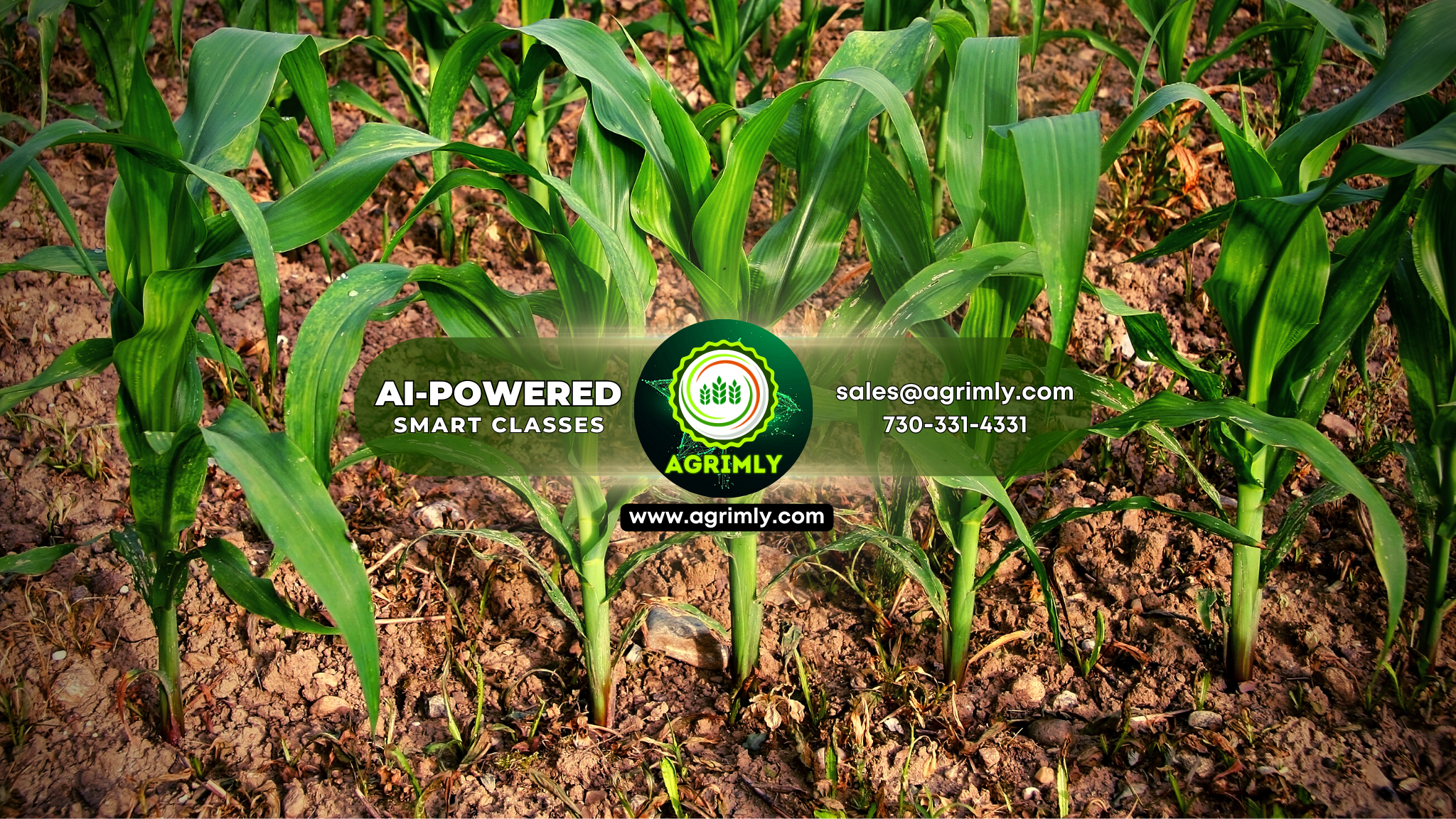SYLLABUS FOR THE ALL INDIA COMPETITIVE EXAMINATION FOR ADMISSION TO DOCTORAL DEGREE PROGRAMMES AND THE AWARD OF
JRF/SRF (PGS)
66 AGRICULTURAL CHEMICALS
Unit 1: General Chemistry
Surface chemistry, pH, Buffer solutions; Redox reactions, Chemical kinetics, Stereochemistry and chirality, diastereoisomerism, tautomerism, atropisomerism, asymmetric synthesis, nomenclature of organic molecules, displacement, elimination, addition, rearrangement, SN1 and SN2 reactions, reaction involving free radicals, and carbene intermediates, Organic reagents and catalysts in organic synthesis,. Beckmann, Claisen condensation, Hofmann-Loffler-Freytag reaction, Petrno-Buchi reaction, Curlius, Michael, Kolbes, Arndt-Eistert and Wittig reaction. Reformatsky reaction., Barton reaction, Umpolung reaction, Norrish Type I & II reactions.
Unit 2: Chromatography and Spectroscopic Techniques
Basic principles and application of chromatography; column, paper, thin layer, and ion exchange chromatography; gas liquid chromatography (GLC); high performance liquid chromatography (HPLC); UV, FTIR; NMR and mass spectroscopy; GC-MS and LC-MS techniques and their applications.
Unit 3: Chemistry of Natural Products
Extraction of natural products; Classification, structure, chemistry, properties and function of carbohydrates, proteins, amino acids, enzymes, nucleic acids, vitamins, lipids, and polymers. Chemisty of terpenoids, alkaloids, phenolics, plant pigments, steroidal and triterpenic saponins and sapogenins; juvenile and moulting hormones; Plant derived nutraceuticals; Chemistry of natural antioxidants and food colorants and their application in human and crop health. Biosynthetic pathways of natural products.
Unit 4 : Naturally Occurring Insecticides
Natural pyrethroids, nicotine, rotenone, neem and karanj based botanical pesticides; microbial macrolides (avermectins and milbemycins), agricultural antibiotics, semiochemicals; insect pheromones-types and uses, insect hormones, insect growth regulators; Plant hormones, phytoalexins, essential oils and their pest control properties; advantages and limitations of natural pesticides; juvenile hormones, juvenile hormone mimics and anti-JH; chemosterilants, insect antifeedants, insect attractants and repellents; microbial pesticides; Application of plant biotechnology in crop protection, herbicide tolerant and insect resistant transgenic plants
Unit 5: Synthetic Insecticides, Fungicides, Nematicides and Rodenticides
History, scope and principles of chemical insect control; Insecticides and their classification Chemistry of major groups of insecticides (organo-chlorine, organo-phosphorus, organocarbamates, synthetic pyrethroids, neonicotinoids), fungicides (inorganics, dithiocarbamates, OP’s, phenols, quinines, carboxamides, azoles, methoxyacrylates), rodenticides, Insect growth regulators; Chitin synthesis inhibitors, insecticide synergists, fumigants. Mode of action of different groups of insecticides, fungicides and nematicides.
Unit 6: Herbicides and Plant Growth Regulators
Physical, chemical and toxicological properties of different groups of herbicides (pheoxyacids, carbamates, amides, tiazines, phenyl ureas, dinitroanilines, bipyridiliums, sulfonyl ureas), Herbicide safeners, Plant growth regulators – auxins, gibberellins, cytokinins, ethylene, abscisic acid; Brassinolides; Mode of action of different groups of herbicides.
Unit 7: Agrochemical Formulations
Basic concepts of pesticide formulation - classification, solid and liquid formulations; preparation, properties, uses; controlled release formulations; Formulants - carriers/ diluents, surfactants, encapsulants, binders, antioxidants, stabilizers; Application - devices and quality of deposits; Types of spray appliances, seed treatment and dressing; nanotechnology in crop protection, Tools to develop and measure nanoparticles.
Unit 8: Pesticide Residues and their Dynamics in the Environment
Pesticide residues- concepts and toxicological significance; pesticide dynamics in agro ecosystem, biotic and abiotic transformations affecting fate of pesticides. Experimental design, sampling, principles of extraction and clean-up from different substrates; Application of ELISA and radiotracer techniques in pesticide residue analysis; new cleanup techniques, QUECHERS, ASE (Accelerated solvent extraction); Multi-residue methods; Bound and conjugated residues; Method validation - linearity, LOD and LOQ, microbial and photochemical degradation, adsorption/ desorption, leaching in soil.
Unit 9: Agrochemicals – Regulation and Quality Control
Production, consumption and trade statistics of pesticides and fertilizers; banned and restricted pesticides, registration and quality control of insecticides; Laws, Acts and Rules governing registration and regulations of agrochemical production and use; key provisions of the Insecticides Act (1968), Environmental Protection Act (1986). Pesticide Management Bill, EPA, Food Safety and Standards Act, WHO, FAO, CODEX and national/international guidelines; Quality Control, Sanitary/phyto-sanitary issues in relation to food safety, good laboratory practices, Accreditation certificate, Pesticide stewardship. (at PG level syllabus-SRF).
Unit 10: Natural Resource Management
Soil, plant and microbial biodiversity, Characteristics and classification of natural resources; Major soil groups of India their characteristics, management strategies for natural resources; integrated pest and pesticide management; Essential plant nutrients (major, secondary and micro), organic manures (farm yard, compost, sewage sludge, green manure, biogas slurries, etc); production and manufacture and uses of various nitrogenous, phosphatic, potassic and complex fertilizers and fertilizer mixtures, liquid fertilizers, biofertilizers, integrated plant nutrient systems; benefits, disadvantages and environmental toxicity. Nitrification inhibitors to enhance nitrogen use efficiency, Hydrogels and their application in agriculture, soil conditioners and amendments, toxicity issues.
Unit 11: Environment Pollution: Implications and Remediation
Problems of pesticide hazards and environmental pollution; Adverse effects of pesticides on micro-flora, fauna and on other non-target organisms; Effect of pesticide on soil health, persistent organic pollutants, and their effect on ecosystem. Adverse effect of industrial effluent on the soil and aquatic environment; disposal of obsolete and outdated pesticides; physical, chemical and microbial decontamination and detoxification of pesticides. Agrochemicals and homeland security, misuse of agrochemicals (pesticides and fertilizers), hazard mitigation plans or strategies, analytical and bioassay techniques to assess off-farm migration of agrochemicals into natural waters, ozone depletion causing agrochemicals.
Unit 12: Data Analysis
Methods of statistical analysis as applied to agricultural data – standard deviation, standard error, accuracy and precision, analysis of variance (ANOVA), correlation and regression; t-test, chisquare (X2), F test, Probit analysis.



No comments:
Post a Comment
Thank You for feedback. Keep commenting on it.